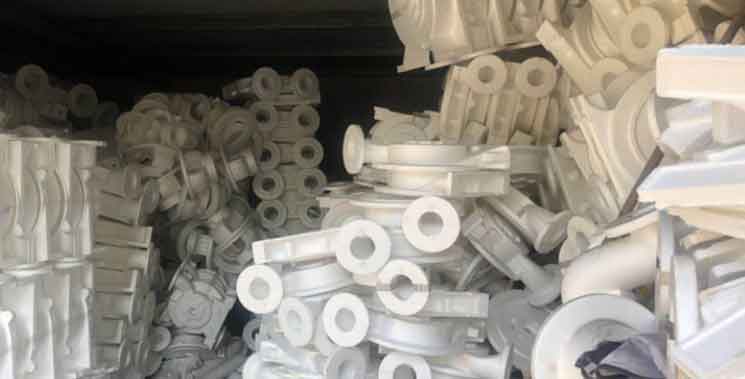
Investment casting, also known as precision casting or lost wax casting, plays a crucial role in bridging the gap between prototyping and mass production in manufacturing. It offers several advantages that make it an ideal process for transitioning from prototype development to large-scale production. Here’s how investment casting facilitates this transition:
- Prototyping Flexibility: Investment casting allows for the production of prototypes with a high degree of accuracy and complexity. The process accommodates the creation of intricate designs and detailed features, enabling designers to evaluate the form, fit, and functionality of the component before committing to mass production. This flexibility in prototyping helps identify and address design issues early in the product development cycle, reducing the risk of costly modifications during mass production.
- Design Validation: Investment casting provides an effective means for validating the performance and functionality of a component. Prototypes produced through investment casting can undergo rigorous testing and evaluation to ensure they meet the desired specifications and requirements. This validation process helps refine the design, optimize performance, and enhance the quality of the final product.
- Cost-Effective Tooling: Investment casting allows for the creation of cost-effective tooling for prototype development. The use of wax or wax-like patterns enables the production of intricate prototypes without the need for expensive tooling or machining. This reduces the upfront costs associated with prototype production, making investment casting an economical choice for small to medium production runs.
- Smooth Transition to Mass Production: Investment casting provides a smooth transition from prototyping to mass production. Once the prototype design is validated and optimized, the same patterns and processes can be scaled up for large-scale production. The ability to replicate the intricate details and dimensions of the prototype ensures consistent quality and performance across mass-produced components.
- Production Efficiency: Investment casting offers production efficiency for both prototyping and mass production. The process allows for the production of complex components as a single piece, eliminating the need for multiple machining or assembly operations. This reduces production time, labor costs, and the risk of errors or inconsistencies associated with manual assembly processes.
- Customization and Iterative Design: Investment casting facilitates customization and iterative design throughout the prototyping and production phases. The flexibility of the process allows designers to make iterative improvements to the component design based on feedback and testing results. This iterative approach helps optimize the design for performance, functionality, and manufacturability.
- Scalability and Volume Flexibility: Investment casting offers scalability, allowing for the production of small to large volumes of components. The process can be adapted to meet the specific volume requirements of the product, making it suitable for both low-volume and high-volume production.
Investment casting serves as a bridge between prototyping and mass production, providing a cost-effective and efficient method for producing high-quality components. Its ability to create intricate prototypes, validate designs, and seamlessly transition to large-scale production makes it a valuable process for manufacturers seeking to bring their products to market efficiently and effectively. Investment casting’s versatility and flexibility contribute to faster time-to-market, reduced development costs, and improved product quality.
